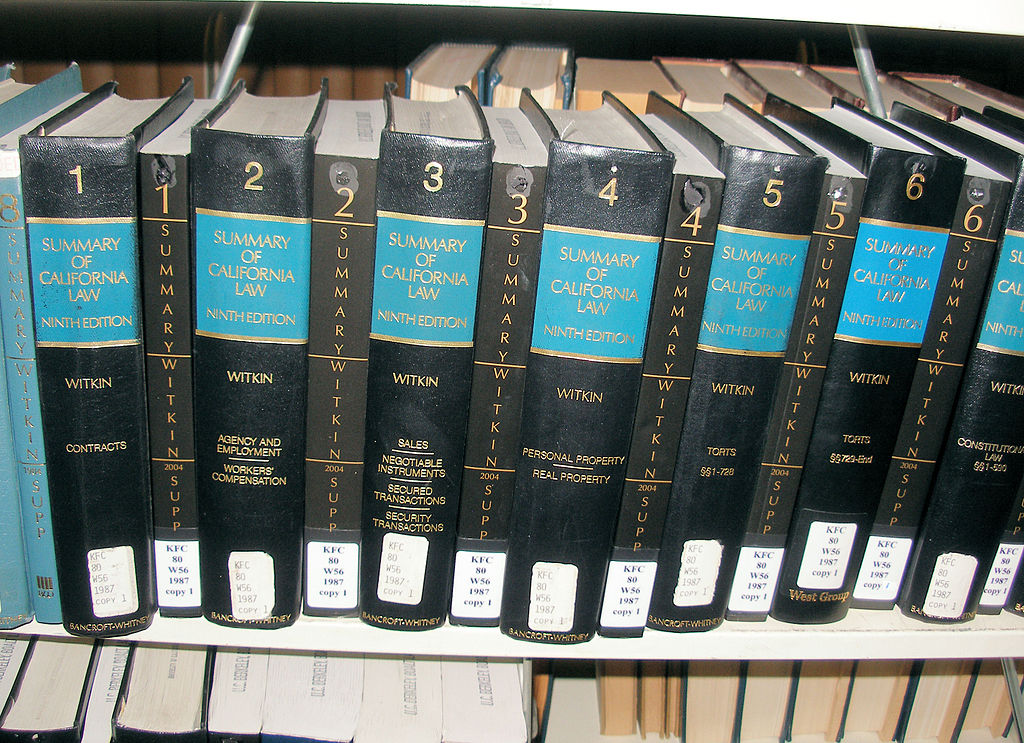
California State Capitol Dome. (Photo: Kevin Sanders for California Globe)
When a New Law Conflicts with an Existing Law
Either the new statute prevails, or the existing statute prevails
By Chris Micheli, October 15, 2023 4:05 pm
As you might imagine, sometimes a bill in the California Legislature with a new statute might conflict with another state law, or even federal law. How is that handled in the legislation?
Obviously under the federal Supremacy Clause, a federal law prevails over a conflicting state law. As a result, the state statute would need to be modified to conform to the federal law. So, too, would a state regulation. During the 2023 Session, a bill contemplated the possibility of conflict with a federal law. The following language was included in the California bill:
In the event this section conflicts with federal law, the department shall adopt regulations to conform to federal law.
In most instances, however, the potential conflict is with another state law. How is that addressed? There were four such bills during the 2023 California Legislative Session, with three of those measures addressing the potential conflict with any section of state law. As you might imagine, one of two approaches must be taken: either the new statute prevails, or the existing statute prevails.
In most instances, the Legislature will specify that the new statute prevails. This is consistent with one of the canons of statutory construction – a more statute will prevail over an earlier statute when the two statutes conflict.
The standardized language used generally begins with the phrase, “In the event of a conflict with …” Examples of this type of language found in California bills include these two:
In the event of a conflict with other provisions of law, this section shall govern the disbursement of money collected pursuant to this section and from the Abandoned Vehicle Trust Fund for the implementation of the abandoned vehicle abatement program.
In the above example, this new statute will prevail over any other existing statute that may be in conflict. Sometimes a different approach is taken, such as in the example below:
In the event of a conflict between this chapter and a provision listed in subdivision (b), the provision in subdivision (b) controls.
In the above example, the new statute does not prevail. Instead, the existing statute will be given effect when there is a conflict between the two code sections. And, in other instances, the conflict may be dealt with by using a general statement, rather than identifying a specific code section, such as the following:
In the event of a conflict between this chapter and any other state law, the provisions of the law that afford the greatest protection for the right of privacy for consumers shall control.
In the above example, when there is a conflict, a determination must be made: which law “affords the greatest protection…” As a result, rather than pick the section that controls in advance, a determination will instead have to be made regarding whether the new statute or an existing statute will dictate the outcome.
- General Provisions Related to Family Law Support - December 13, 2025
- Petitions for Forming Harbor Districts in California - December 12, 2025
- Child Support Obligations - December 12, 2025





Nah, the CA Democrats purposely write confusing and conflicting laws so they can exploit the confusions for their political advantage….